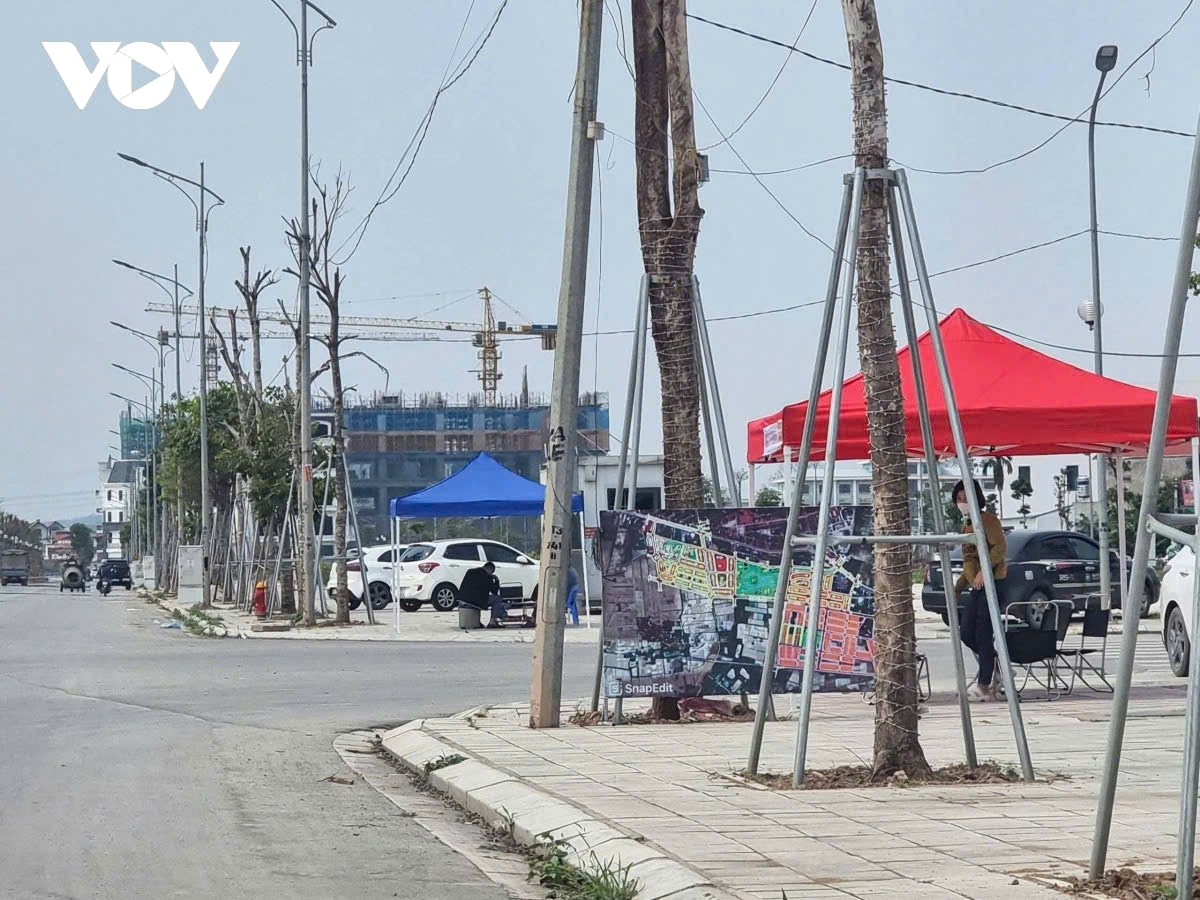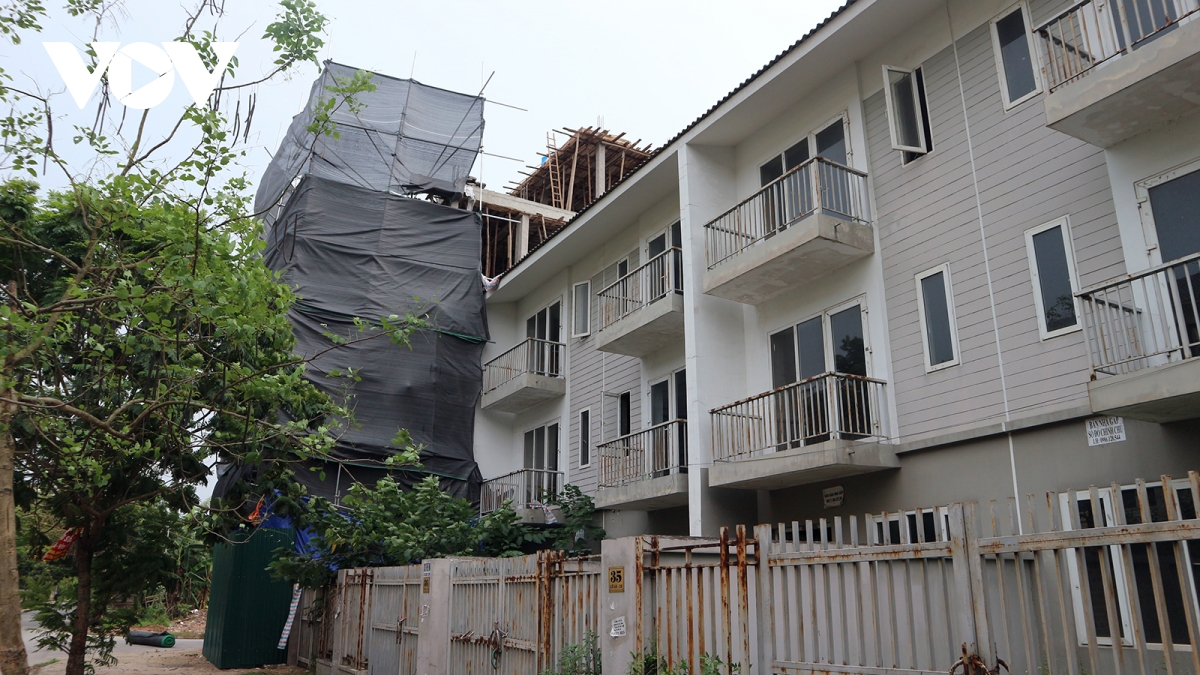Is History Repeating Itself with Administrative Changes?
Vietnam’s real estate market has historically been sensitive to administrative changes such as the merger of Hanoi and the former Ha Tay province, the division of Tu Liem district into Nam Tu Liem and Bac Tu Liem, and the planned elevation of Thanh Tri and Hoai Duc to district status. These events tend to trigger waves of speculation and market fluctuations.
In 2007-2008, when rumors of Ha Tay’s integration into Hanoi surfaced, land prices in the province’s central areas, including what is now Ha Dong district, surged by 2-3 times. This speculative fever spread to all areas of Hanoi’s real estate market.
However, just six months after the merger was officially announced on August 1, 2008, land prices stagnated and then declined. The market liquidity dropped significantly, leading to a real estate freeze. A large number of real estate projects were left unfinished, and experts offered various solutions to rescue the market.

Land brokers actively operating in real estate project areas
The market freeze during this period was not only due to internal overheating and supply-demand imbalances but also the impact of the economic crisis. This cyclical nature of the real estate market, with its booms and busts, is a cause for concern among experts.
In December 2013, Resolution No. 132 was issued by the government, dividing Tu Liem district into Nam Tu Liem and Bac Tu Liem districts. However, even before the resolution, land prices in the western part of Hanoi had been on the rise since early 2013. Land prices in narrow alleys in Me Tri, My Dinh, and Trung Van (formerly part of Tu Liem district) increased from 20-25 million VND/m2 to 30-40 million VND/m2. Land on larger roads reached prices of 50-60 million VND/m2. Land prices in neighboring new urban areas and districts also doubled.
Unfortunately, by the second half of 2014, the real estate market had slowed down again. A similar scenario played out, with low market liquidity, excess supply, and many land plots and urban areas left abandoned, such as the Kim Chung – Di Trach and Van Canh urban areas. Billions of dong were trapped in these unfinished projects.
It’s not just the actual administrative changes that create these artificial waves; even rumors or plans can be exploited to drive up land prices. In late 2018, when there were rumors of Hoai Duc district being elevated to a district, land speculators pushed prices up. However, when the information was confirmed, land prices in the area dropped significantly by the end of 2019.
Land Price Increases Due to Speculation
Similar to previous land fever episodes, the recent speculation about provincial mergers has provided fertile ground for land brokers to create another real estate wave. After the Lunar New Year, the land market in many provinces and cities heated up.
Provinces like Bac Giang, Bac Ninh, Hung Yen, Phu Tho, Ninh Binh, and Hai Phong witnessed brisk real estate transactions. In Hung Yen, an auction in Dan Tien commune, Khoai Chau district, in early March attracted attention, with the highest land price reaching over 158 million VND/m2 and the lowest price at more than 66 million VND/m2.
In Viet Tri city (Phu Tho province), land prices in communes and wards such as Tho Son, Bach Hac, and Song Lo surged compared to the end of last year. Compared to pre-Tet levels, land prices have increased by 30-40%.

Abandoned and overgrown urban areas
This land fever, fueled by merger rumors, is not limited to the northern region but has spread to central and southern provinces as well.
According to surveys by the Vietnam Association of Realtors (VARS) in some localities with plans to merge into provinces and cities with higher land prices or expected to become new administrative centers, land prices have been fluctuating.
Mr. Nguyen Van Dinh, Chairman of VARS, stated that this phenomenon is not new to the Vietnamese real estate market. Historical data shows that whenever new planning information emerges, land prices in related areas tend to spike in the short term.
“In reality, these land price increases, triggered by administrative changes and planning information, are mostly speculative in nature,” said Mr. Dinh. “Even with the decision to merge, there is no guarantee of exceptional development in the short term in the affected areas.”
For real estate values to increase sustainably, there needs to be a solid foundation, including the synchronous development of transportation, economic, and social infrastructure, such as the construction of major roads, metros, schools, or the potential for rental income generation.
Establishing an administrative center in an area can bring various benefits, such as attracting businesses, promoting infrastructure development, and indirectly increasing local real estate prices. However, implementing these plans and developing new infrastructure takes years. If expectations are too high, and land prices get ahead of reality by many years, investors may end up facing significant losses.
Unlocking the Potential: Unveiling the Astonishing Value of Tien Hai’s Land through its Auction
The land auction for the old Kéo Factory site in Tiền Hải district, Thái Bình province, held on March 27, has sparked public interest due to a particular plot of land measuring 150.4 square meters that was successfully bid at a staggering 23 billion VND, equivalent to nearly 153 million VND per square meter.
Will Merging Provinces Bring Dong Nai Land Prices Back to Their “Golden Age”?
“Experts believe that even with the opening of Long Thanh Airport and the completion of surrounding infrastructure, property prices will rise but not significantly. This is because many investors had already bought up land in the area 3-4 years ago, and as such, have already reaped the benefits of any potential price increases.”
Where is the Money Going in Real Estate?
From the start of the year, the low-rise segment has been the most absorbed property sector in Northern Vietnam.
Gen Z and the Homeownership Conundrum: A Wise Investment or a Financial Burden?
Owning a home is a significant milestone and a substantial investment. With skyrocketing property prices, many young people are left wondering if they’ll ever be able to save enough for a down payment. It’s a daunting prospect, but with careful planning and a strategic approach, the dream of homeownership can become a reality. This article aims to empower aspiring homeowners by offering valuable insights and practical tips to navigate the challenging yet rewarding journey towards buying your first home.





















